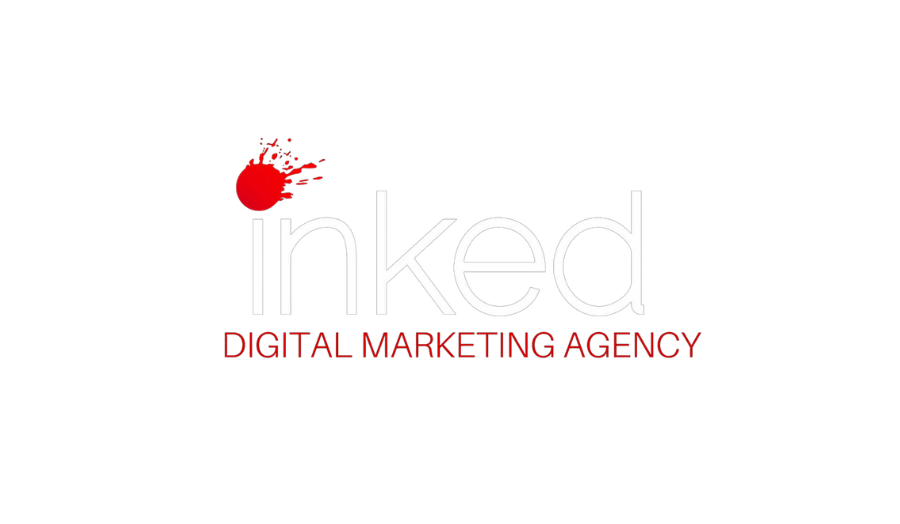For years, the world of Meta (Facebook, Instagram, and WhatsApp) dominated the social media space. And while other competitors have popped up here and there such as Snapchat or Vine, Meta didn’t have too much to worry about–until TikTok came onto the scene. TikTok, a short-form video platform launched in the U.S. in 2018, is now the focus for many global brands and companies. Now Facebook has some serious competition!
How important is TikTok influencer marketing?
It’s no surprise that the Facebook user demographic skews a bit older. In fact, the average age of a Facebook user is 41 years old while only 32% of Gen-Zers are on the platform. So as Gen-Z gets older, social and influencer marketers are shifting their focus from Facebook to Tiktok. And because 60% of TikTok users are between the ages of 16-34, it’s no secret why!
According to a recent study done by InsiderIntelligence.com, TikTok influencer marketing spending has overtaken Facebook influencer spending in 2022. The study found that Facebook influencer marketing spend is at $739 million for the year while TikTok sits at $774 million. What is even more shocking is that TikTok is now on track to overtake YouTube’s influencer marketing spend by 2024. At this time, influencer marketing on Instagram is still a bigger spend compared to TikTok but with the way that TikTok is growing, you never know what may happen in the future!
What makes TikTok different
TikTok is a unique platform, so many users have been drawn to it over the past few years. Unlike Instagram which has traditionally pushed very polished and curated content, TikTok is a platform to show transparency and have a more casual voice. Here are a few things that set TikTok apart from other social platforms such as YouTube and Instagram:
Lower influencer spends: Both Instagram and YouTube are notorious for high influencer costs, while TikTok on the other hand requires less of a spend. Because Tiktok prioritizes more casual videos, influencers don’t have to spend hours editing content to make it look perfect. This results in lower influencer rates on the platform. It’s also easier to achieve virality on the platform because TikTok prioritizes the content itself and not a person’s follower count.
Creator credibility: Over the past few years, we have seen some pushback from social media users stating that they no longer trust influencer brand/product recommendations as partnerships feel less and less authentic. Fortunately, it’s the total opposite on TikTok. Because TikTok content is more transparent and personable, a creator’s audience typically trusts them more and will listen to their recommendations. TikTok creators actually feel like normal people who love sharing their shopping finds with their followers. In fact, it’s been found that at least 49% of TikTok users have purchased something as a result of an ad, review, or promotion on the platform.
UGC creation: TikTok is all about UGC (user-generated content) that feels authentic and native to the platform. This UGC could be from influencer partnerships or organically from customers who genuinely love your product. Regardless of how the UGC is made, this content can boost brand awareness on the platform and drive sales.
Ready to dive into the world of TikTok but don’t know where to start? We’re ready to help you here at Inked Digital Marketing Agency. We can help build your ideal TikTok influencer strategy to boost both brand awareness and conversions!



